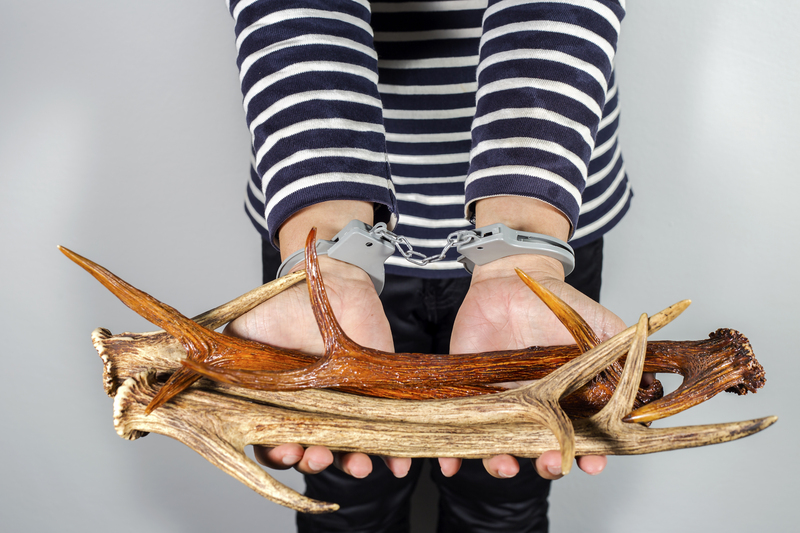The holiday season is a time of joy, celebration, and togetherness. However, it also brings an unintended consequence: a significant increase in waste. Whether it's leftover food, wrapping paper, or discarded decorations, holiday trash can have a profound impact on the environment. This article delves into the various ways holiday trash affects nature and provides tips and insights on reducing its impact.
Types of Holiday Trash
The types of waste generated during the holiday season are diverse:
- Wrapping Paper and Gift Bags: After the gifts are unwrapped, heaps of wrapping paper and gift bags are often discarded.
- Disposable Tableware: Many parties and gatherings use disposable plates, cups, and cutlery.
- Food Waste: Holiday feasts often result in substantial food waste.
- Christmas Trees: Real Christmas trees, if not disposed of properly, can add to landfill waste.
- Electronic Waste: New gadgets and appliances often replace old ones, leading to increased e-waste.

Environmental Impacts
Holiday trash affects nature in numerous ways:
- Landfills Overflowing: Increased waste during the holidays puts extra pressure on landfills. Non-biodegradable items can take centuries to decompose.
- Habitat Destruction: Improperly disposed trash can lead to habitat destruction for wildlife. Animals can ingest or become entangled in plastic waste.
- Pollution: Waste that isn't properly contained can end up in rivers, lakes, and oceans, leading to water pollution.
- Carbon Footprint: Increased waste contributes to higher carbon emissions, both from the production of items and their disposal.
Tips to Reduce Holiday Trash
Here are some practical steps to reduce holiday waste:
1. Opt for Reusable Items: Use cloth napkins, real plates, and stainless steel cutlery instead of disposable items.
2. Thoughtful Gift Wrapping: Choose reusable gift bags, or wrap presents in fabric or newspaper.
3. Plan Your Meals: Cook only what you need to reduce food waste. Share leftovers or donate to food banks.
4. Recycle: Make sure to recycle wrapping paper, cardboard, and other recyclables properly.
5. Consider Alternatives: Choose e-cards instead of paper cards. Purchase digital gifts or experiences rather than physical items.
The Long-Term Effects
The long-term impact of increased holiday waste can be severe. Overflowing landfills can lead to groundwater contamination. The degradation of natural habitats can result in a loss of biodiversity. Additionally, persistent increase in carbon emissions can expedite the effects of climate change.
Pros and Cons
Pros
- Economic Boost: Increased purchasing during the holidays can stimulate the economy.
- Convenience: Disposable items offer convenience during busy holiday seasons.
Cons
- Environmental Degradation: The pollution and waste from holiday trash have long-lasting effects on ecosystems.
- Increased Carbon Footprint: Higher waste levels lead to increased carbon emissions.

Takeaways
- Holiday trash has a significant environmental impact, from landfill overflow to habitat destruction and increased pollution.
- Simple changes in behavior, such as using reusable items and recycling, can mitigate these effects.
- Planning and mindful consumption can substantially reduce holiday waste and its impact on nature.
Conclusion
The holiday season brings warmth and joy, but it also poses challenges for the environment due to increased waste. By adopting sustainable practices, we can enjoy the festivities while minimizing our impact on nature. Reducing holiday trash is not just about preserving the environment for future generations; it's also about fostering a culture of sustainability and responsibility.
